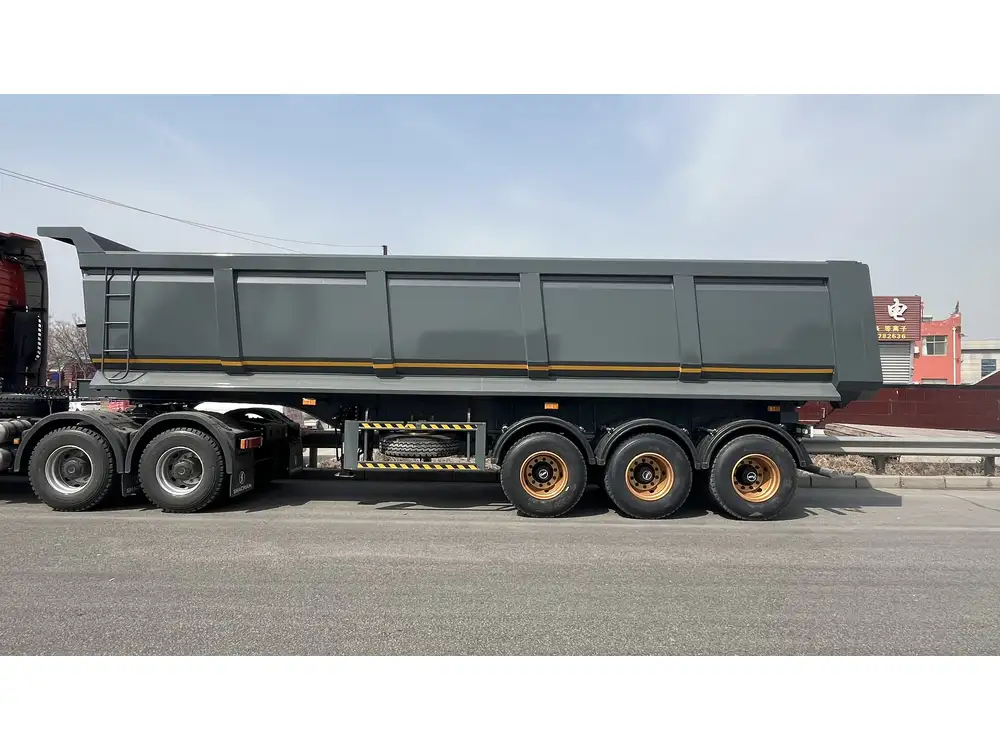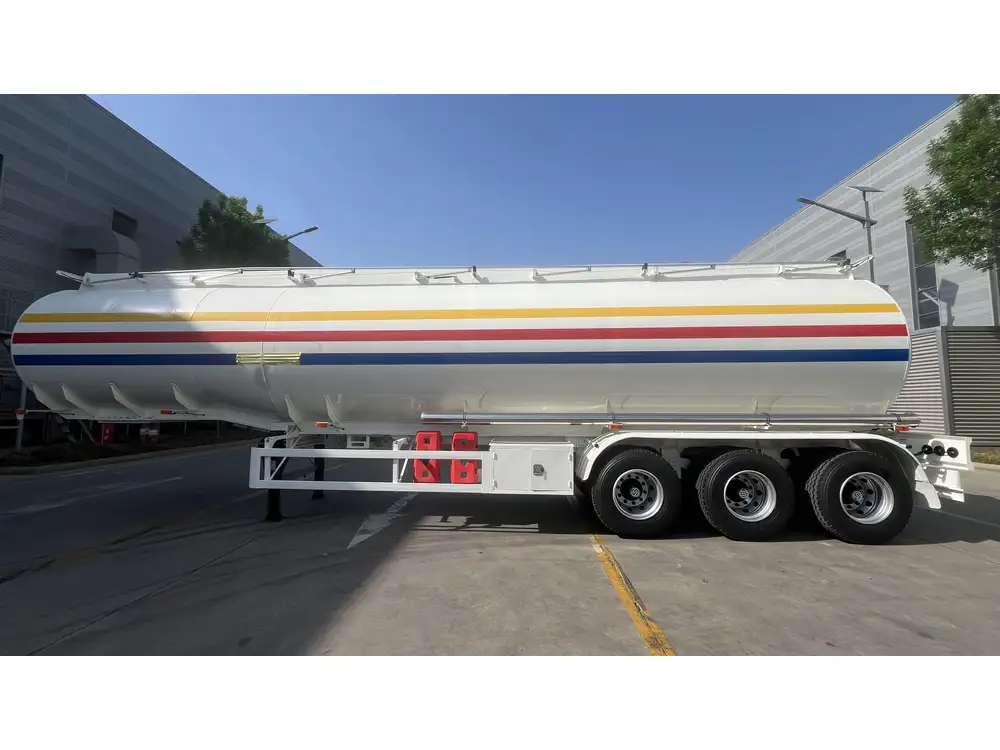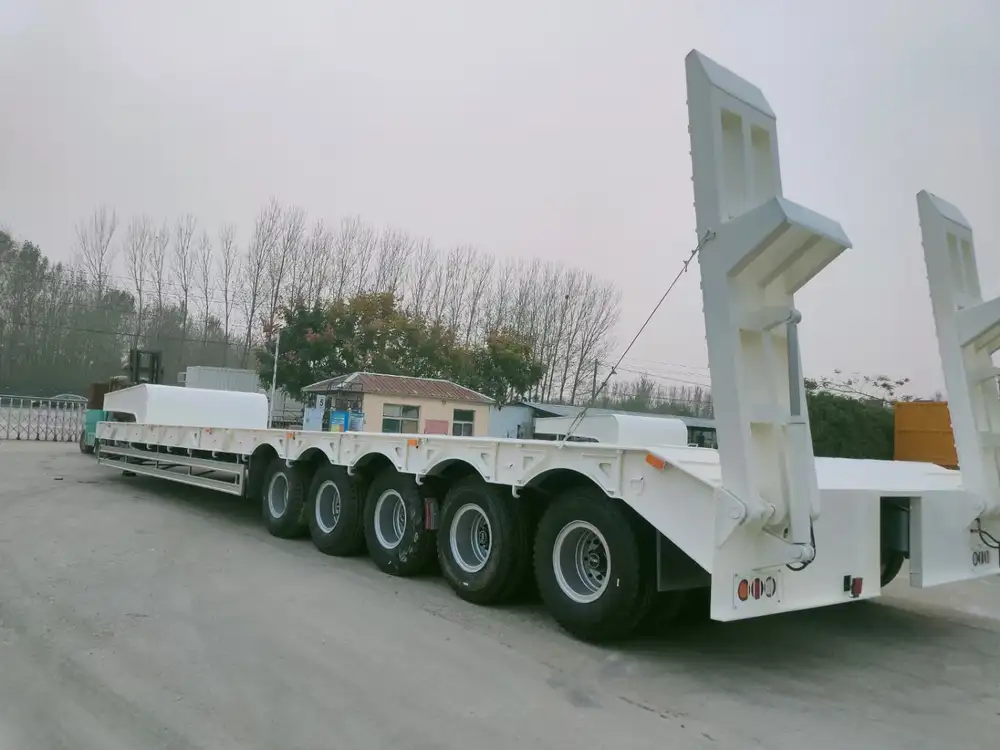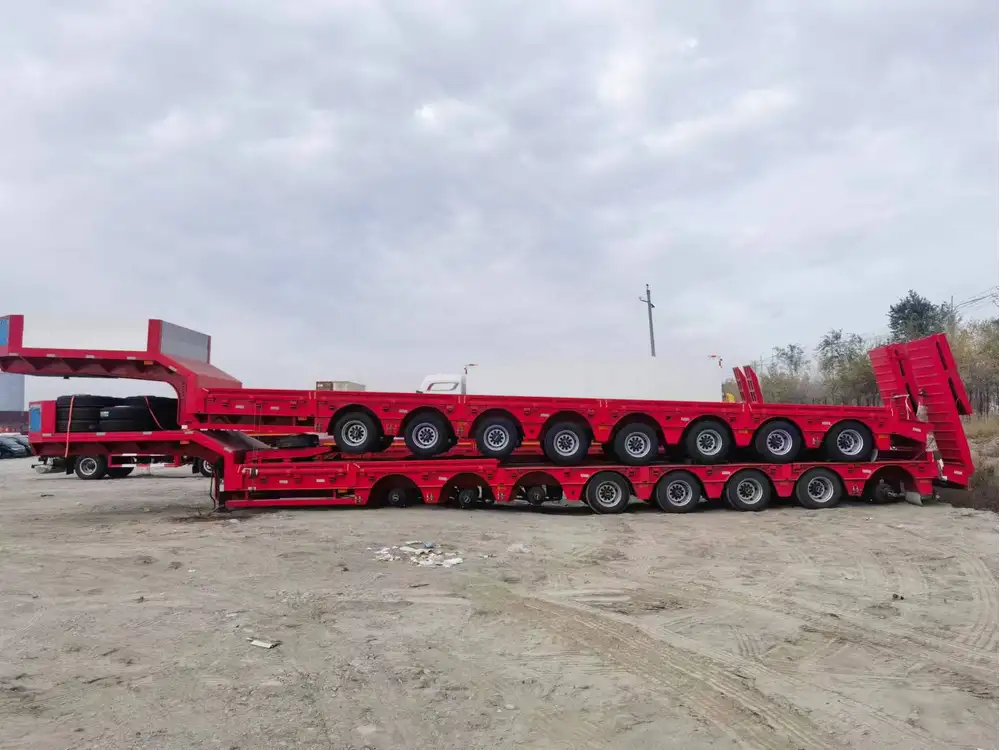Removing the fuel tank from a trailer reefer unit is a complex process that requires careful planning, precise execution, and the right tools. In this guide, we provide an in-depth analysis of the steps, challenges, and best practices to ensure you can accomplish this task safely and efficiently.
Understanding the Trailer Reefer Unit Structure
Before diving into the removal process, it’s crucial to understand the components and layout of a typical trailer reefer unit. This will facilitate a smoother removal of the fuel tank.
| Component | Description |
|---|---|
| Fuel Tank | Stores diesel fuel necessary for the reefer unit’s operations. |
| Reefer Unit | Responsible for temperature control in trailers transporting perishable goods. |
| Fuel Lines | Connect the fuel tank to the engine and the reefer unit system. |
| Mounting Brackets | Secure the fuel tank to the chassis of the reefer unit. |
Preparation Before Removal

Tools and Materials Required
Safety Equipment
- Gloves
- Safety goggles
- Steel-toed boots
Basic Tools
- Wrench set
- Socket set
- Screwdriver set
- Pliers
Specialized Tools
- Fuel line disconnect tool
- Fuel tank support or sling
- Floor jack
Safety Precautions
- Ensure that the trailer is parked on a level surface, and engage the parking brake.
- Disconnect the trailer from the vehicle to ensure stability.
- Check for leaks or signs of fuel spillage to prevent fire hazards.
Step-by-Step Process for Removal

Step 1: Drain the Fuel Tank
- Locate the fuel drain valve.
- Connect a hose to the valve and direct it into a suitable container.
- Open the valve and allow the fuel to drain completely. This step not only reduces weight but also enhances safety during removal.
Step 2: Disconnect Electrical Connections
- Identify the fuel gauge sender wire and any other electrical connections leading to the fuel pump.
- Use a screwdriver or pliers as needed to disconnect these components carefully.
Step 3: Remove Fuel Lines
- Locate the fuel lines connected to the fuel tank. Use the fuel line disconnect tool to carefully detach these lines. Ensure you have a rag or container to catch any residual fuel.
- Inspect the fuel lines for damage or wear during disconnection, as compromised lines may need replacement.

Step 4: Detach Mounting Brackets
- Identify the mounting brackets holding the fuel tank in place.
- Using the appropriate socket wrench, remove the bolts securing the fuel tank to the trailer chassis.
- Ensure you have assistance or a fuel tank support in place, as the tank can be heavy.
Step 5: Remove the Fuel Tank
- With all connections and brackets detached, gently lift the fuel tank using the tank support.
- Carefully maneuver the tank out of its compartment. Avoid tilting it excessively to prevent fuel spillage.
Common Challenges and How to Overcome Them

Challenge 1: Stuck Fuel Lines
- Solution: Use penetrating oil on stubborn connections. Let it sit for a few minutes before attempting to disconnect again.
Challenge 2: Damaged Mounting Brackets
- Solution: Inspect brackets before removal. If damage is found, prepare replacements ahead of time to avoid delays.
Challenge 3: Fuel Spillage
- Solution: Always have a collection container and absorbent materials on hand to manage and contain any fuel spillage.

Post-Removal Considerations
Cleaning Up
After successfully removing the fuel tank, ensure to:
- Properly dispose of any spilled fuel or absorbent materials.
- Clean the area where the tank was located, inspecting for leaks or damage to adjacent components.
Inspection of Fuel Tank
Conduct a thorough inspection of the fuel tank for:
- Signs of wear or corrosion
- Any needed repairs or replacement
- Clean the exterior if necessary to prepare for reinstallation.

Installation of Replacement Tank
If the removal was conducted to replace the tank, the following steps outline how to install a new fuel tank:
- Align the new fuel tank with the mounting brackets.
- Secure it using the bolts removed earlier.
- Reconnect the fuel lines and electrical connections, ensuring they’re tight and secure.
- Fill the tank with fuel and check for leaks.
Best Practices for Future Maintenance
To prolong the life of your fuel tank and enhance overall trailer performance, consider implementing these practices:
- Regular Inspections: Schedule routine checks of the fuel tank and associated components to catch problems early.
- Fuel Quality: Use high-quality diesel to prevent sediment buildup and corrosion within the tank.
- Keep a Log: Maintain a log of fuel tank inspections, removals, and installations to track the health and performance over time.
FAQ Section

Q: How often should I check my trailer reefer unit’s fuel tank?
A: Regular checks every three to six months, or as needed, based on usage and environmental factors, are advisable.
Q: What should I do if I notice a fuel leak?
A: Immediately shut down the engine and refuel systems and contain the area. Consult a professional for repairs.
Q: Can I perform these tasks alone?
A: While it’s possible, having a partner assist during removal can enhance safety and efficiency, especially for a heavy fuel tank.

Q: What tools are absolutely necessary for this job?
A: A basic wrench set, fuel line disconnect tool, safety equipment, and sufficient workspace are crucial.
Conclusion
Successfully removing a fuel tank from a trailer reefer unit requires a systematic approach, attention to detail, and adherence to safety protocols. By following this comprehensive guide, you can ensure that the process is conducted smoothly and safely, minimizing the risks associated with fuel handling and equipment removal. Whether you’re performing maintenance, upgrades, or replacements, having a solid understanding of the steps involved will contribute significantly to your operational efficiency and safety.



